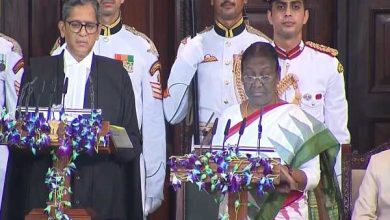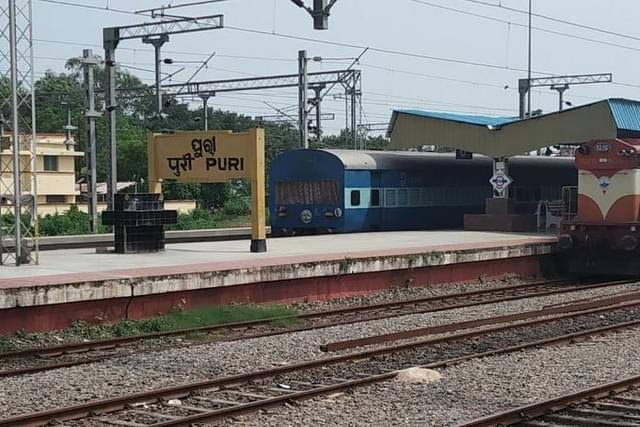Environmentalists alarms over climate change in Northeast

Agartala, Oct 25: A week ahead of COP 26 UN Climate Change Conference in Glasgow scheduled on October 31 – November 12, environmentalists have raised an alarm over a visible change of rainfall pattern and other climate indicators in Northeast, which is conclusively attributed as the result of global warming.
The latest study of Delhi based Centre for Science and Environment (CSE) revealed that October this year has already appeared as one of the hottest ever months recorded so far in Northeast. The most commonly glacier-fed rivers have turned into rain-fed rivers and monsoon rainfall was the main source of water flow in the rivers of Northeast.
The report indicated that the rainfall patterns, especially during monsoon, have been changing, resulting mostly in the region getting dried up. Referring to Indian Meteorological Department’s (IMD) data, the report stated that in 20 of the last 22 years monsoon rainfall has been below normal and more than a century-long data-set showed a declining trend in many states of Northeast.
In last 30 years or so northeastern states except for Sikkim show a decreasing trend in monsoon rainfall and it was believed that local trends of climate change at micro level depend on a lot of factors such as geography and forest cover. Mountain springs, which are the major sources of water in the region, are drying up almost everywhere, thereby, availability of potable water has become a major cause of concern, the study revealed.
The researchers however, also observed that changing climate has influenced changes in biodiversity and it was found mango has started growing in cold weather at Upper Siang of Arunachal Pradesh. The record found as many as 27 percent villages in northeast were watered directly by springs or natural streams but, the effect on the perennial water source has impacted agriculture, horticulture, fishing and animal rearing.
These changes of climate, specifically the rainfall pattern has a trickle down effect in the varieties of rice cultivated in the region. The overall diversity of rice varieties has come down, new pests and insects were being witnessed in some places like Upper Siang in Arunachal Pradesh and Wokha in Nagaland and effect on livelihood has led to climate induced migration in Northeast, the study underlined.
The reports suggested setting up more meteorological stations in the hills and mountains for better analyses and forecasts, larger community involvement in adaptation strategies, plans for building resilience and adapting to changes and combining traditional knowledge with modern science and technology, besides, aggressive promotion of organic cultivation and inducement of innovative livelihood options.






